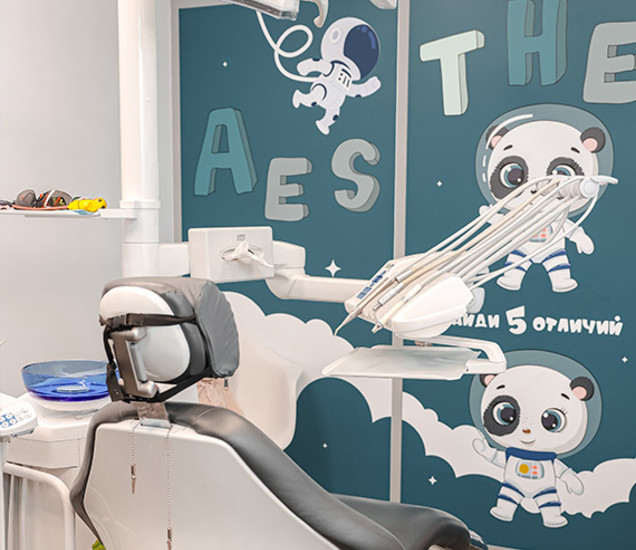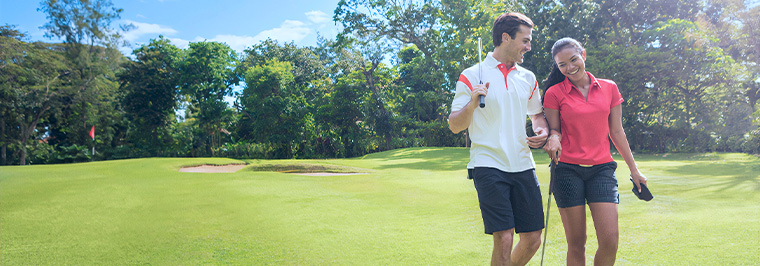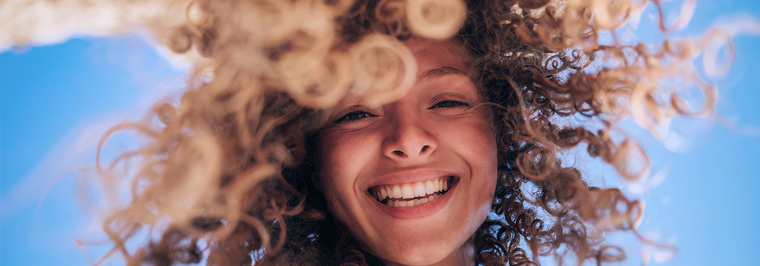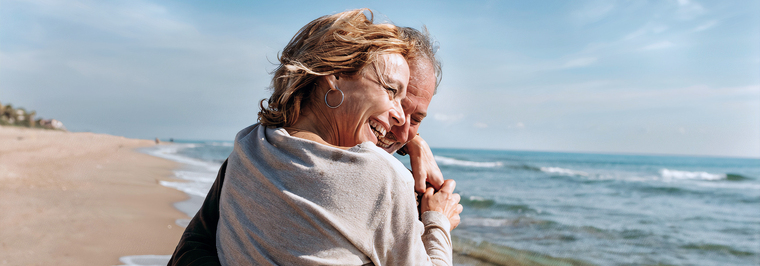Dental and Maxillofacial Anomalies are common among many people, but often they do not affect health, do not impair appearance, and do not require special correction. However, there are cases where due to bite pathologies and other defects, a person needs the help of a specialist. In such cases, it is necessary to consult an orthodontist. At the AESTHETE dental clinic, experienced orthodontists with high qualifications are available.
Orthodontist


How we can be
useful to you:
Veneers Without Grinding
Pediatric dentistry
Correction of bite
Implantation and crowns
Who is an Orthodontist?
An orthodontist is a specialized dentist who focuses on correcting bite anomalies and teeth alignment issues. Unlike a general dentist who treats cavities and gum diseases, an orthodontist deals with structural corrections of the dento-maxillary system. To work in this field, the doctor undergoes additional training after completing basic dental education.
The main tasks of an orthodontist are to create a straight row of teeth and ensure proper jaw alignment. To achieve these goals, the doctor uses braces, aligners, plates, and other orthodontic appliances. Modern methods allow for bite correction at any age, although the best results are typically achieved in children and adolescents while the teeth and jaws are still developing.

The orthodontist begins with comprehensive diagnostics. The doctor:
- Takes X-ray images;
- Photographs the face from different angles;
- Creates dental impressions.
Based on this data, an individual treatment plan with a predictable outcome is developed. In complex cases, collaboration with a surgeon, speech therapist, or ENT specialist may be necessary.
An orthodontist does not just install braces or aligners. Regular monitoring is an essential part of treatment. The doctor controls the movement of teeth, adjusts the force applied by the appliances, and monitors oral hygiene. After the active treatment phase, a retention period follows, during which the results are fixed using removable or fixed retainers.
Orthodontist
-
Title
Price
-
Invisalign correction course Comprehensive
36400 AED
-
Invisalign correction course Moderate (Up to 20)
29200 AED
-
Invisalign correction course Light (Up to 14)
25400 AED
-
Installation of braces systems (including casts, braces, retainers)
from 18630 AED
We are changing
people's lives
Types of Orthodontic Treatment
All the various methods available to orthodontists are divided into four groups.
Myogymnastics is a set of exercises designed to train facial muscles. This method is especially effective in children, when the jaws are in a stage of active growth. Special exercises help correct minor bite issues and reinforce the results of orthodontic treatment.

Orthodontic appliances play a central role in modern orthodontics:
- Wearing braces is the most common correction method. These are fixed devices consisting of brackets, an archwire, and additional elements that gradually move the teeth into the correct position.
- An alternative is removable aligners, transparent plastic caps that need to be changed periodically.
- For children, plates with screws and springs are often used to regulate jaw growth.
Surgical methods are employed in cases of severe anomalies when orthodontic correction alone is ineffective. Surgery may be necessary in cases of pronounced jaw disproportions, facial asymmetry, or congenital defects. The operation involves repositioning the jaw bones, after which the orthodontist completes the bite correction.
Orthodontic-surgical methods combine both approaches. Treatment often begins with orthodontic correction to prepare for surgery, followed by surgical intervention, and then the use of orthodontic appliances again. This comprehensive approach allows achieving optimal results in complex cases. All stages are carefully planned using computer modeling.
When Should You See an Orthodontist?
It is recommended to show a child to an orthodontist at age 6-7, when the permanent teeth start erupting. At this stage, early signs of bite issues can be detected, and correction can begin in a timely manner. Regular check-ups with an orthodontist are especially important during the active growth period of the jaws — from ages 6 to 12.

For adults, a visit to a specialist is necessary if discomfort or aesthetic problems with the teeth appear:
- Noticeable crowding or large gaps between teeth;
- Misalignment, rotation, or protrusion of individual teeth;
- Improper bite, where the upper and lower teeth do not close properly.
Difficulty chewing or biting food indicates possible bite issues. Speech problems, especially with sibilant and hissing sounds, are often related to anomalies of the dento-maxillary system.
It is also necessary to consult an orthodontist:
- After jaw injuries or tooth loss;
- When preparing for prosthetics or implants;
- In cases of increased tooth wear, jaw joint pain, or facial shape changes.
To make you healthy,
happy and successful!
will help you with this
Why Choose Us for Orthodontic Treatment?
AESTHETE dental clinic is located in Dubai (UAE), Bluewaters Island. It is a modern medical center with highly qualified experienced doctors using advanced techniques. We successfully solve bite problems regardless of their complexity.
Our advantages:
- Comfort and peace of mind for the patient;
- Safety, hygiene, and quality diagnostics and treatment;
- State-of-the-art diagnostic equipment that provides quick and accurate information;
- Effective methods, including the use of transparent Invisalign aligners, which straighten teeth well and are almost invisible from the outside.
AESTHETE dental clinic works with children, teenagers, and adults. Our staff establish a good rapport with patients of all ages and offer orthodontic correction methods tailored to each specific clinical case.
Sources
- Grauer D. Quality in orthodontics: The role of customized appliances (https://pubmed.ncbi.nlm.nih.gov/33410248/). J Esthet Restor Dent. 2021 Jan;33(1):253-258. Accessed 10/12/2022.
- Shotell MD. The Proliferation of Clear Aligner Orthodontics: Workflows, Materials, and Designs (https://pubmed.ncbi.nlm.nih.gov/32551717/). Compend Contin Educ Dent. 2020 Jun;41(6):340-341. Accessed 10/12/2022.
- American Association of Orthodontists. Why the Number of Adults Seeing an Orthodontist is at an All-Time High.
Evaluate the amazing
results of our clients:
FAQ
Regardless of location, an orthodontist specializes in diagnosing, preventing, and treating bite anomalies and teeth alignment issues. The doctor:
- Corrects crooked teeth;
- Eliminates gaps between teeth;
- Adjusts jaw alignment issues.
In their work, they use braces, aligners, plates, and other orthodontic appliances. The specialist also prepares patients for prosthetics and implants.
You should see a doctor in the following cases:
- Noticeable crookedness or crowding of teeth;
- Presence of gaps between teeth;
- Difficulties with chewing or biting food;
- Improper bite closure;
- Premature tooth wear;
- Facial asymmetry;
- Snoring or mouth breathing;
- Speech disorders.
Criteria to pay attention to:
- Education and qualifications of the doctor;
- Experience with specific bite anomalies;
- Technologies and equipment used;
- Service prices;
- Clinic location.
Our clinics:
Clinic in Dubai
Resident part, Building 10
Clinic in Moscow
metro Chistye prudy
Clinic in Moscow (Barvikha)
Shopping center "Dream House" 3rd floor







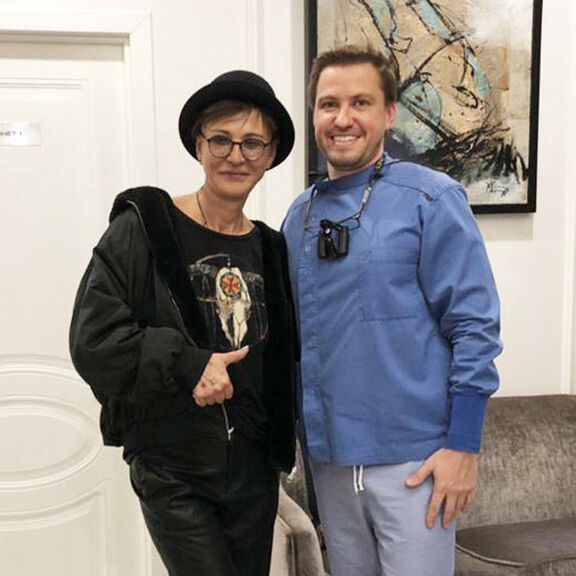

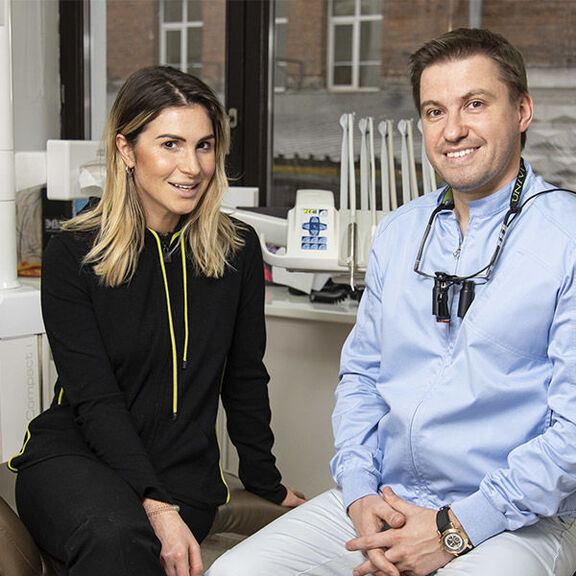




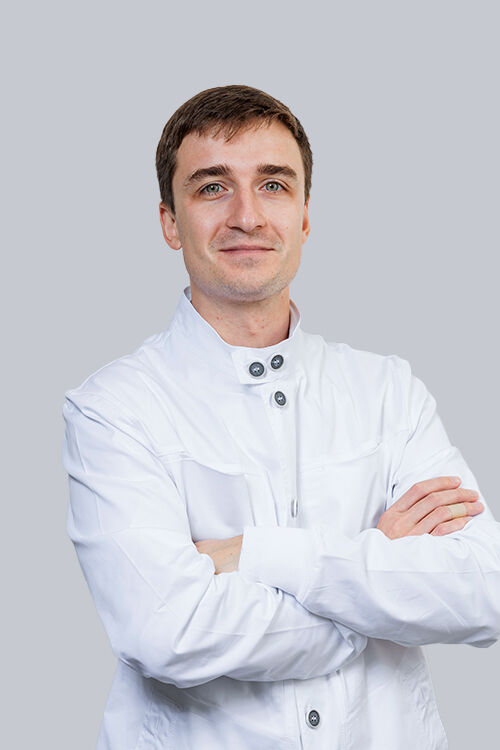




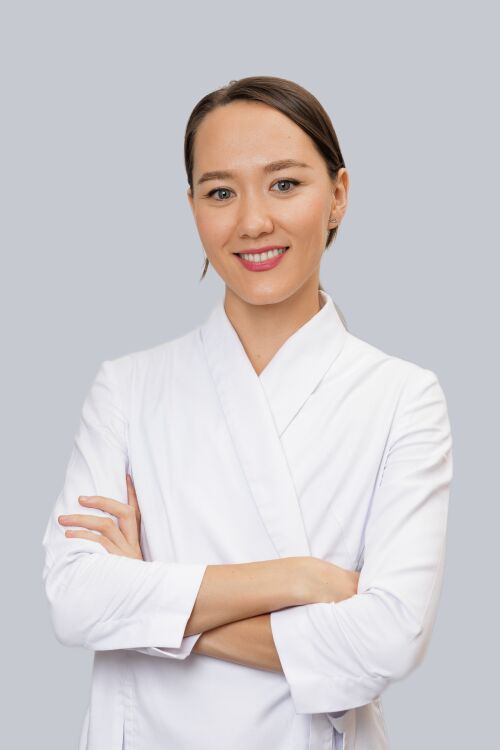

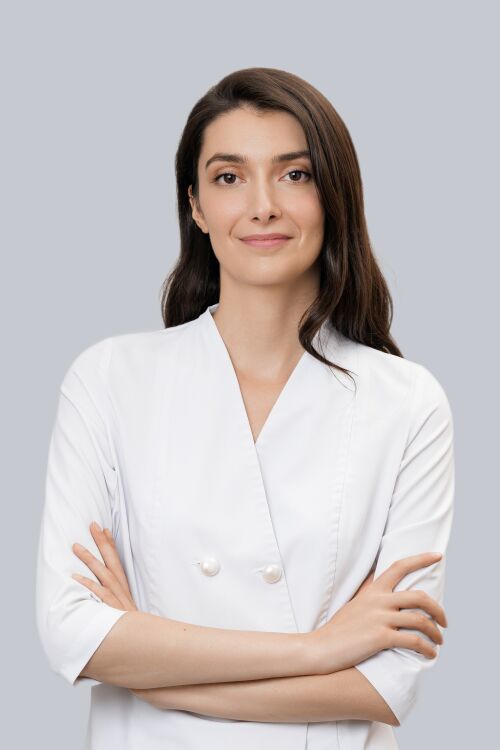

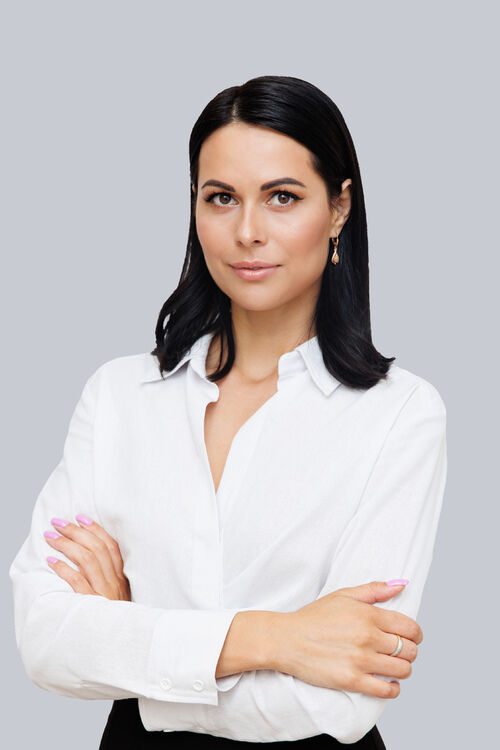








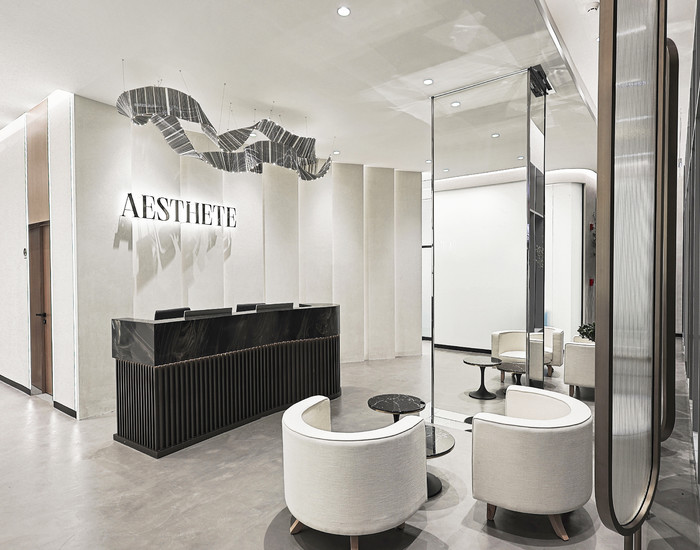
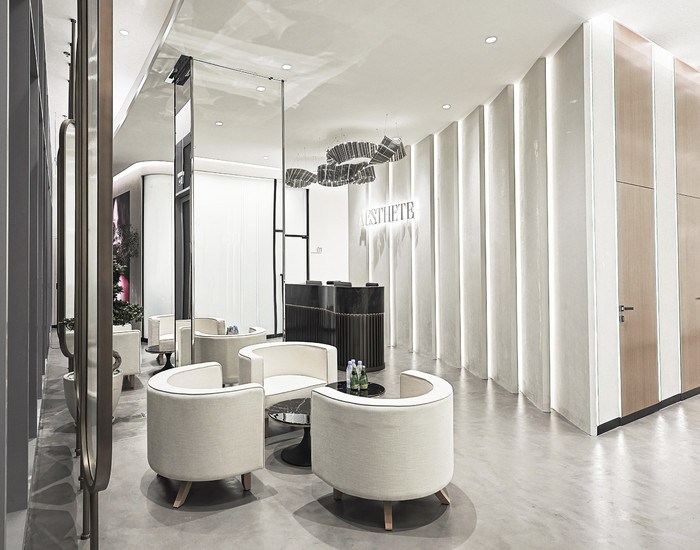
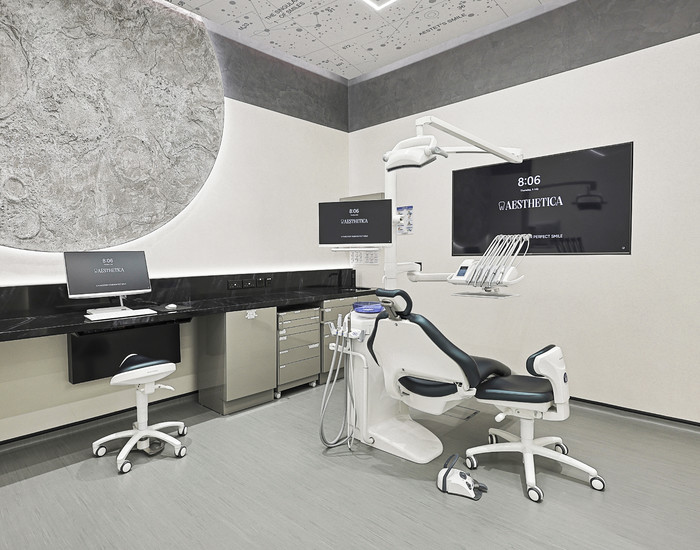
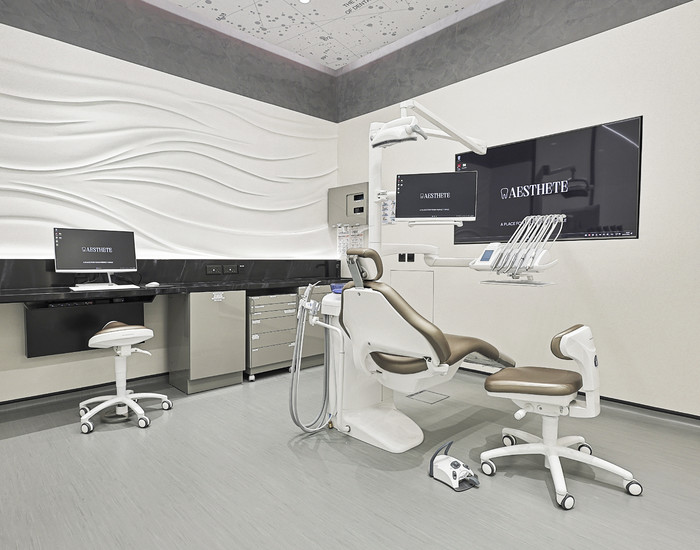
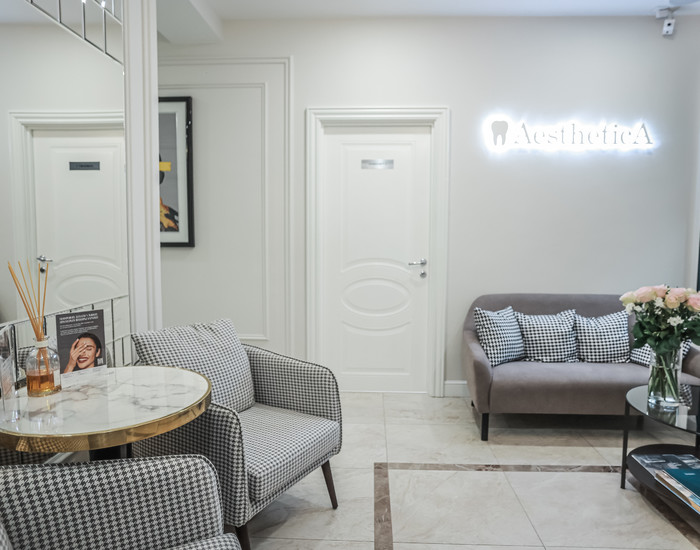


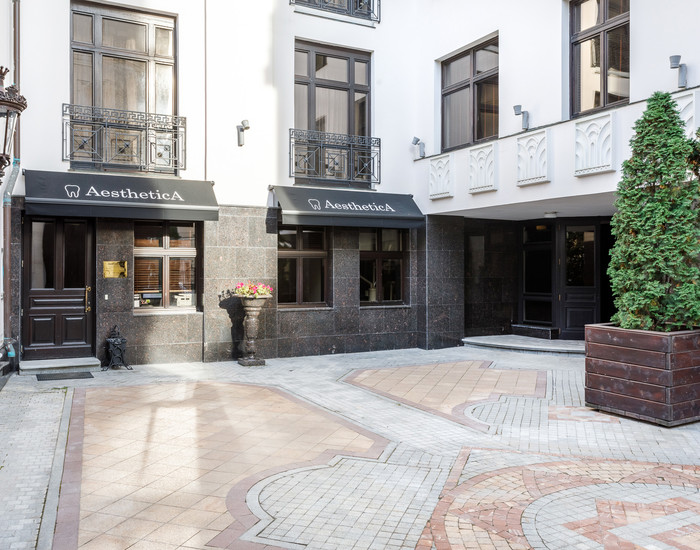


_700x550_ac7.jpg)
